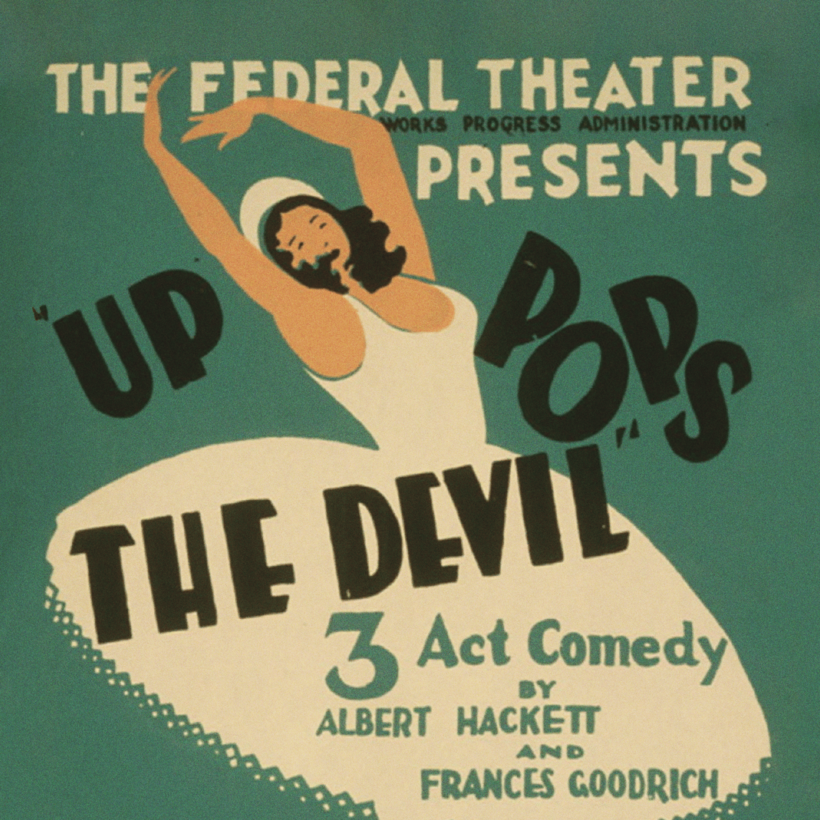On the last day of June 1939, President Franklin D. Roosevelt reluctantly signed into law a congressional bill that ended funding for the Federal Theatre Project. Overnight, its sets, costumes, scripts, and playbills were no longer needed. Since it began, in 1935, the Federal Theatre had staged more than a thousand productions, which meant that a lot of federal property, scattered over 29 states, needed to be disposed of quickly. Some of it found its way into local libraries. Some was sold off. No doubt, many objects were pilfered or taken as mementos. A good deal of official paperwork ended up in the National Archives and the Library of Congress. But with the outbreak of World War II, sorting through and storing the objects became a very low priority that was seemingly abandoned.
Thirty-four years later, two English professors at George Mason University, in Fairfax, Virginia—Lorraine Brown and John O’Connor—went searching for this material. Much of it, including hundreds of invaluable and unpublished playscripts from a crucial moment in American culture, were nowhere to be found. Their hunt for these lost treasures—without which I could never have written my new book, The Playbook—turned out to be one of the most fascinating backstories to the history of this ill-fated federal program.
It took Brown and O’Connor a year before they hit pay dirt. Eventually, they found someone at the Library of Congress who gave them the lead they needed: John Y. Cole. He was the kind of person you find in every organization, someone who has been around forever and knows what’s not written down. He began working at the Library of Congress in 1966, and remained there until his retirement, in 2021. He served as its official historian.
John Y. Cole was the kind of person you find in every organization, someone who has been around forever and knows what’s not written down.
The details are sketchy, but sometime around 1964 the Library of Congress had put much of the still unsorted and uncatalogued Federal Theatre collection in large wooden crates and shipped them off. But it was unclear where. In the early 1970s, Cole told Brown and O’Connor to head to the center for aviation and aerospace in Middle River, Maryland, just outside Baltimore, and search an abandoned airplane hangar.
In the late summer of 1974, the two professors, accompanied by Cole, found the crates, which contained 900 cubic feet of material and were covered in pigeon droppings. What they found surpassed their wildest expectations: copies of 800 plays commissioned for the Federal Theatre, including some that had never been staged, as well as radio scripts, stunning production posters, photographs, and much more. They archived the material in the Special Collections and Archives of the George Mason University Libraries, thanks to a timely grant from the National Endowment for the Humanities, and went on to interview—and make available to the public—many of the artists involved in this remarkable enterprise.
We tend to assume that national treasures are treated as such, but that’s not always the case. Often, it’s unsung heroes who make the study of our past possible. Without Cole, Brown, and O’Connor, it’s easy to imagine a different and sorrier fate for a collection that defined one of the most important chapters in the history of theater in America.
James S. Shapiro is a professor of English and comparative literature at Columbia University and the author of several books, including Shakespeare in a Divided America: What His Plays Tell Us About Our Past and Future and The Year of Lear: Shakespeare in 1606

